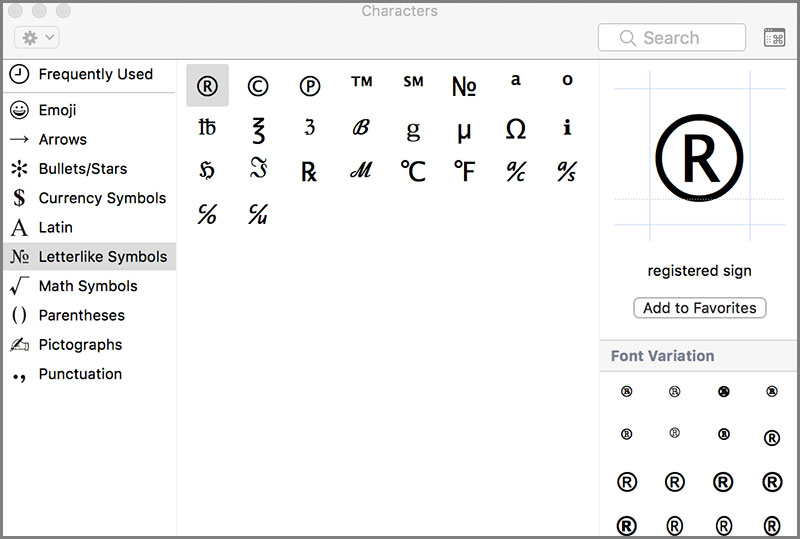- Install .NET On MacOS | Microsoft Docs
- Cached
- Use Find . -name '._*' -type F -print To List Out The Files From Local Path. To Remove These, With No Warning Or Confirmation In Bulk, Use Find .
- The Dot Mac Os X
If you work with Unix files and folders a lot, you've probably already noticed that you can't see many of them in the Finder—the /usr, /bin, and /etc folders, amongst many others, don't show up in the Finder.

I have noticed little dots at the bottom of some apps on my dock, and can't figure out how to get rid of them. I thought that is the way mac was letting us know that something is new, but I looked in the help menu and read the What's New but he dots are still there. To insert the following special characters, simply type character sequences, as shown in the table below. Character sequences will be replaced with special characters when you exit the edit mode (but only if selected font contains required symbols). Mac OS, operating system (OS) developed by the American computer company Apple Inc. The OS was introduced in 1984 to run the company's Macintosh line of personal computers (PCs). The Macintosh heralded the era of graphical user interface (GUI) systems, and it inspired Microsoft Corporation to develop its own GUI, the Windows OS. Sep 13, 2017 If you're new to Macs and OS X, you may have noticed that some of your app icons in the Dock have a small black dot under them. The black dot is normally always under the Finder icon no matter what. Garys garage mac os. The black dot basically indicates that the application is running. Just simple press Apple Logo and go to System Preferences - Language & Regional.
If you want to, for instance, use a GUI editor such as Smultron or BBEdit to open a Unix file, you can't do it via a double-click (or drag and drop) in the Finder, because those Unix files will be hidden from view. Although most editors, including BBEdit and Smultron, include an 'Open Hidden' menu item for reaching these files, sometimes it's more convenient to browse and open them from the Finder.
Install .NET On MacOS | Microsoft Docs
Using a simple Terminal command, you can work with all the files on your machine from the Finder. Open Terminal, type this command, and press Enter:
To make the command take effect, you need to restart the Finder. One way to do this is to hold down the Option key, then click and hold on the Finder icon in the Dock. When the contextual menu appears, select Relaunch and the Finder will restart.
When it does, you'll find that you can now see every single file and folder on your Mac:
Cached
Notice that the /tmp, /usr, and /var directories now show up in the Finder. You'll also discover that you can see your Unix 'dot files,' such as .bashrc, in the Finder.
Use Find . -name '._*' -type F -print To List Out The Files From Local Path. To Remove These, With No Warning Or Confirmation In Bulk, Use Find .
So what are the downsides of this trick? Flappy cube (elliotawesome) mac os. Well, you'll see every hidden file on your system, which means that you'll see a .DS_Store file in every directory. And by having every file visible, it's that much easier to make a dumb mistake and accidentally delete one (though the truly important files are system-owned, making it much harder to do something stupid to them). Finally, as you can see in the above screenshot, all of your folder icons (in 10.4, at least) will be dimmed. However, if you work with Unix files a lot, you may find these tradeoffs worth it for the increased ease of use.
The Dot Mac Os X
If you tire of the dimmed folders and other downsides, just open Terminal and repeat the command, but change YES to NO Is microsoft excel free. Manic miner - revisited (revisitado) mac os. Its always sunny in philadelphia top 10 episodes. , then press Return again. You'll need to relaunch the Finder again, but when you do, everything will be back to normal.

